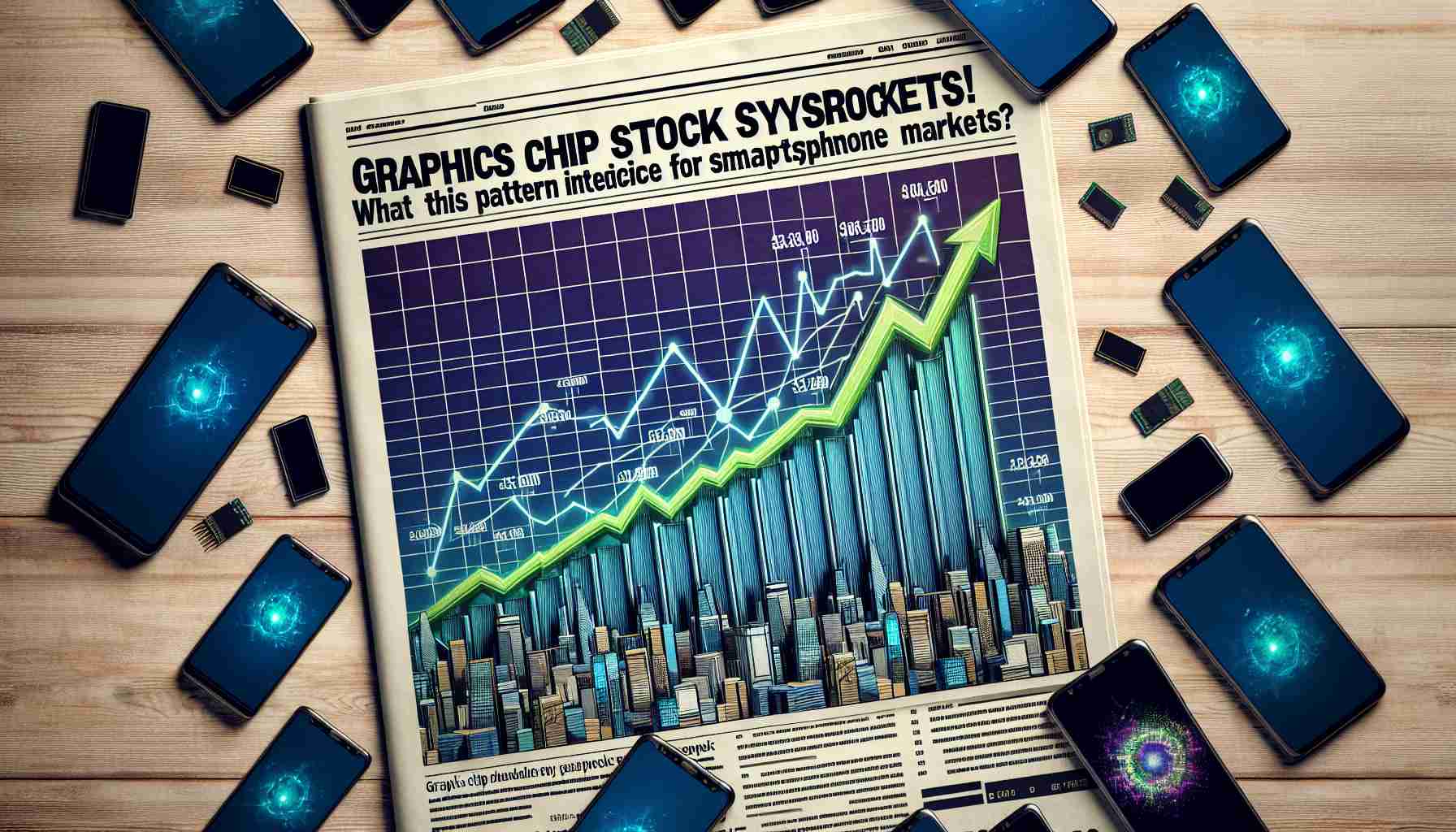In recent years, NVIDIA has become a powerhouse in the technology industry, known for its cutting-edge advancements in graphics processing. Now, the tech giant is making headlines on the stock exchange, or “bourse,” with its shares experiencing unprecedented growth. This financial surge is not just a win for investors; it signals a transformative future for smartphones, promising more power and efficiency.
Empowering Future Smartphones
NVIDIA’s ascendancy in the bourse is primarily driven by its innovations in AI and graphics technology. These breakthroughs have profound implications for the smartphone industry. As NVIDIA’s financial clout grows, so does its ability to invest in research and development to bolster smartphone performance. Future devices are expected to deliver richer graphics, smarter AI interactions, and enhanced processing capabilities, driven by NVIDIA’s technological advancements.
Unlocking AI Potential
The increasing integration of AI in smartphones is another area where NVIDIA’s stock success could have a cascading impact. With more resources at its disposal, NVIDIA can further its AI research, enhancing smartphones’ ability to understand and respond to user needs. This means AI-driven personal assistants that are not only intuitive but also predictive, providing a seamless user experience like never before.
Financial Growth Paving Technological Paths
The skyrocketing performance of NVIDIA stock opens up myriad opportunities. It showcases how financial success in the stock market can directly influence technological innovation, setting a benchmark for future advancements in the smartphone industry. As NVIDIA continues to break barriers on the bourse, the real winners will be smartphone users who are poised to benefit from sleeker, smarter, and more powerful devices.
Unveiling the Real Cost of Cutting-Edge Technology
NVIDIA’s current success story may sound like a triumphant narrative for the tech realm, yet several dimensions of this tale remain untold. As NVIDIA’s stock prices soar, a pertinent question arises: How will this financial muscle influence global job markets and environmental concerns?
The Carbon Footprint of Innovation
Despite the advantages, NVIDIA’s meteoric rise contributes to a burgeoning environmental cost. The manufacturing of advanced GPUs and AI-integrated chips demands significant energy resources, amplifying carbon footprints. As companies push for “greener” technologies, NVIDIA’s ongoing reliance on energy-intensive manufacturing could spark controversy. Are these technological breakthroughs worth the environmental toll? Critics argue that without meaningful strategies in place, this growth trajectory might compromise sustainability efforts.
Impact on Global Workforce
Another underrepresented narrative is the potential alteration of job landscapes. With NVIDIA’s AI-boosted technology leading to more autonomous systems, there is an impending threat of job displacement. Automated AI solutions could replace human roles in sectors such as customer service and manufacturing. Proponents of AI argue that these advancements will create new job opportunities and drive productivity, yet skeptics question whether the workforce could adapt swiftly enough.
Balancing Progress and Prudence
As NVIDIA charges ahead, striking a balance between innovation and its broader socioeconomic impact becomes imperative. While the allure of cutting-edge technology inspires, we must consider the ethical implications of such rapid advancements. Will the promise of smarter devices outshine the costs of ecological and employment changes? Only time will unveil this complex interplay of progress and consequence.


















